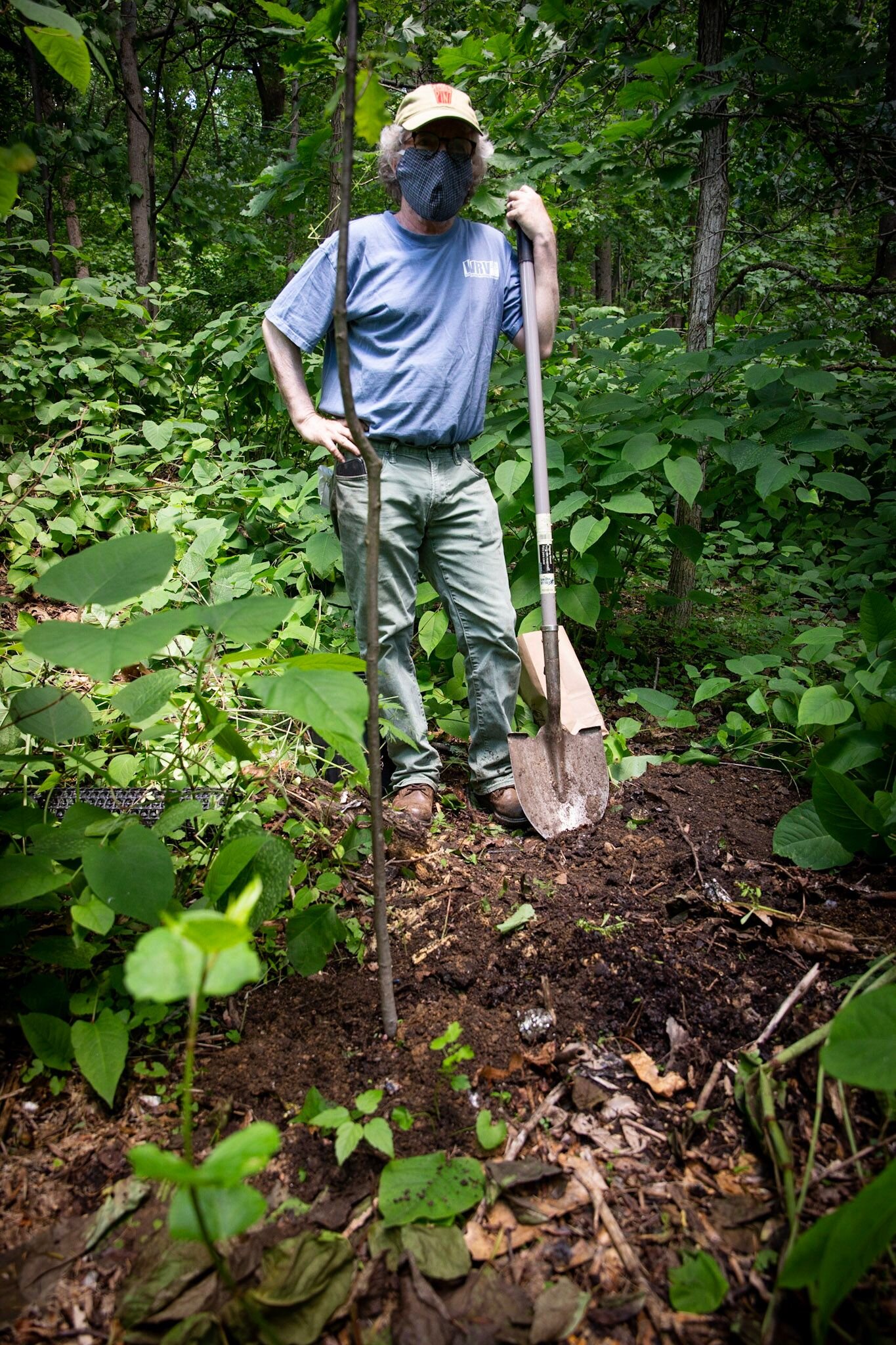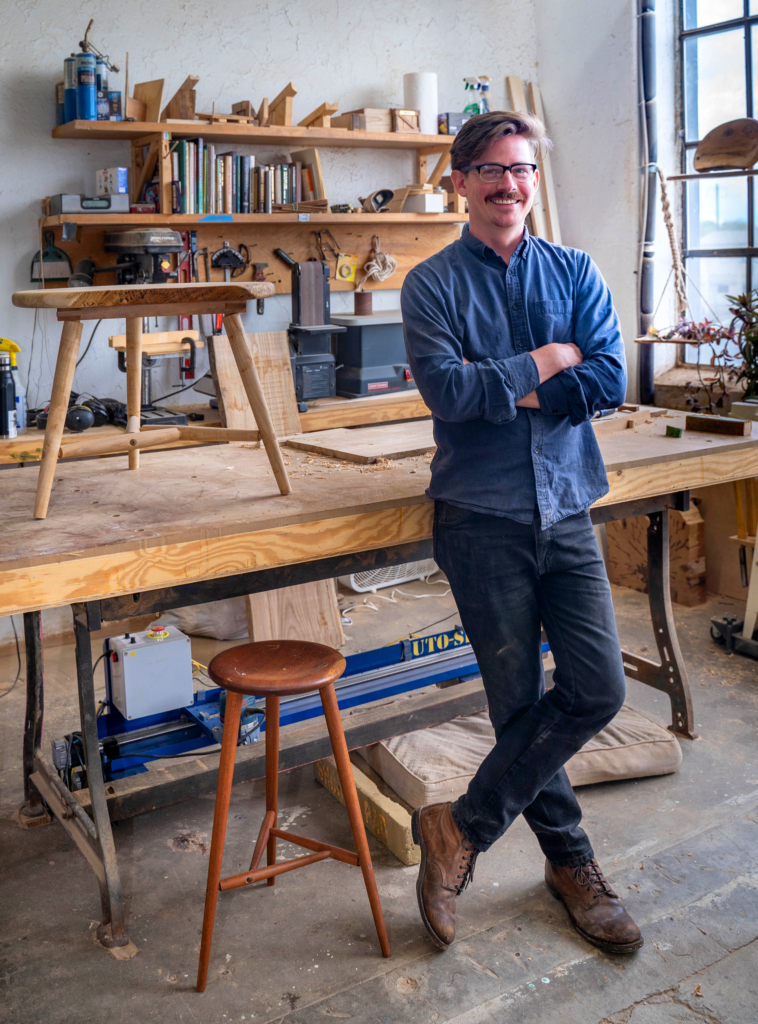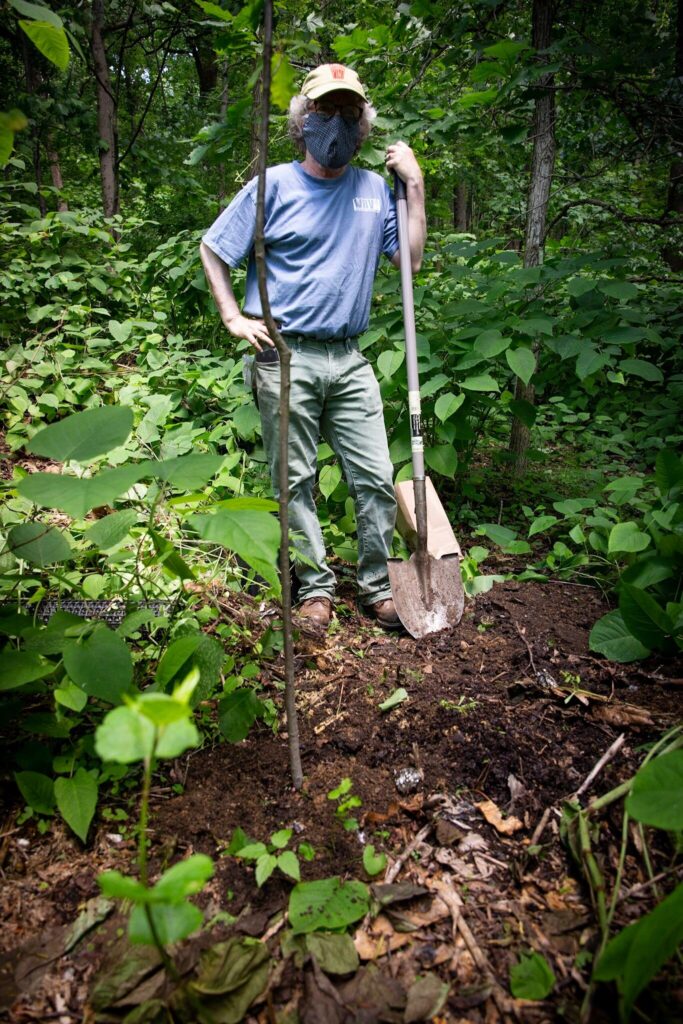Barbara Klinkhammer, dean of the College of Architecture & the Built Environment at Thomas Jefferson University, recognizes the urgency and passion of incoming students.
“I think we have a generation of students today that want to make an impact. They’re very focused on several items. One is social equity; the other is sustainability. They really care for the environment.”
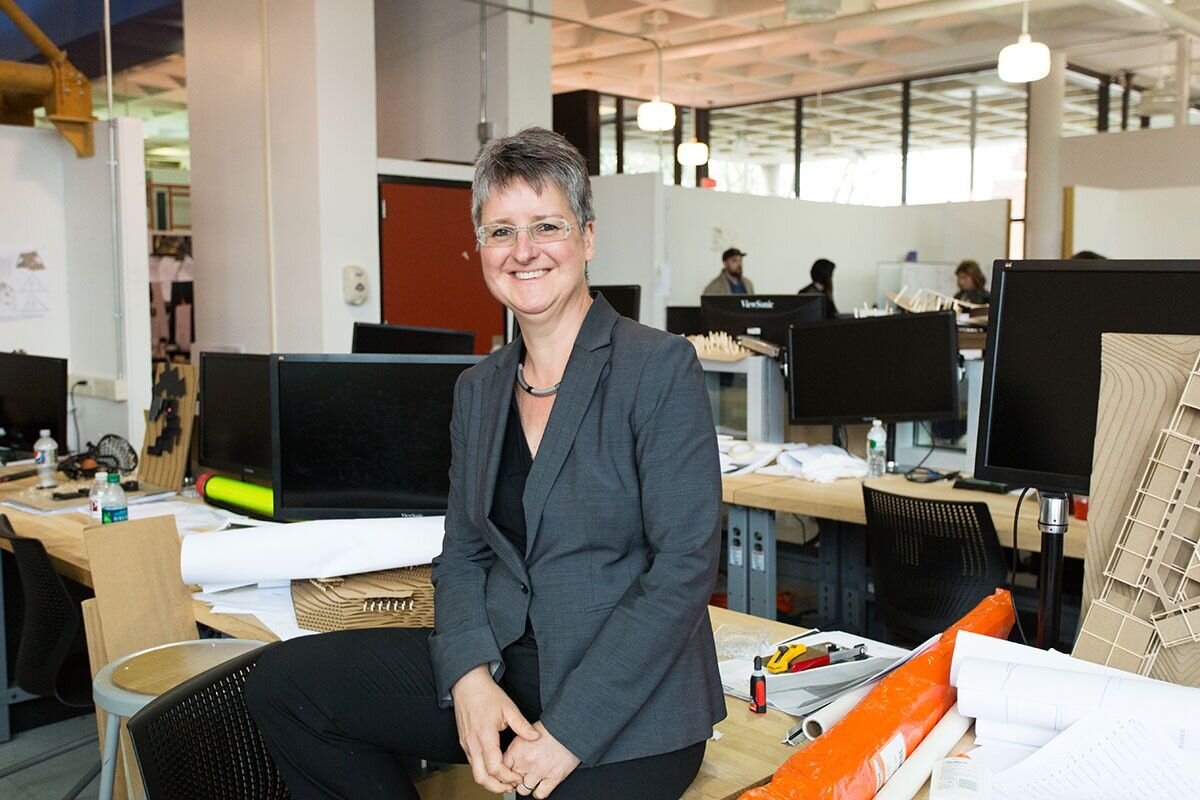
Klinkhammer, whose father was an architect, was born in Germany. When her family went on vacation, she and her three siblings—all of whom became (and married) architects—would sit on city sidewalks and sketch buildings with their father. Klinkhammer studied architecture in France and Germany and is in the final stages of a book about Le Corbusier’s use of color in his post-World War II buildings.
After spending her formative years in a culture that was concerned about the use of fossil fuels and environmentalism, she was surprised when she arrived as an assistant professor at the University of Tennessee in 1999, to see that the citizenry of the United States was not as aware of the perils of climate change as her peers in Europe. But she has seen that gap close.

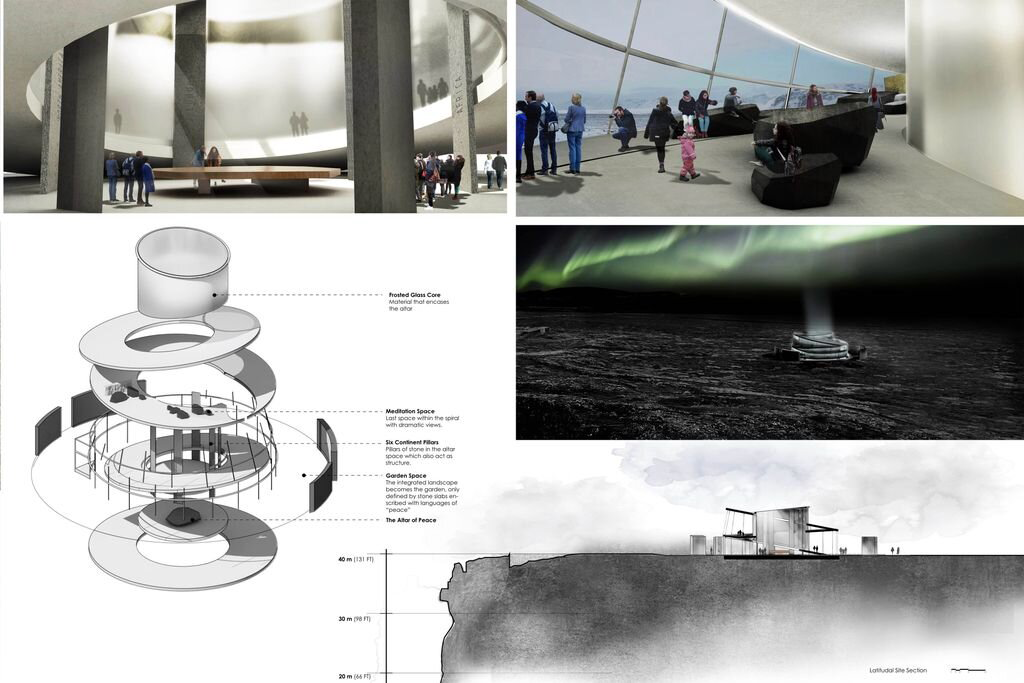
Thomas Jefferson University has helped to close it. The Sustainable Design program was founded by Rob Fleming over 10 years ago, and now the philosophy and viewpoints that imbue that program are just as prevalent in all of the programs housed within the College of Architecture & the Built Environment.
Klinkhammer explains that deep sustainability will be central to decision making “…whether this is an interior designer who’s using sustainable materials that are locally or regionally resourced that don’t produce large emissions, whether it’s the landscape architect who thinks about native plants and the well-being of human beings in green spaces and parks, or whether it’s an architect or construction manager who needs the knowledge of sustainable building materials or understanding of a building’s energy performance.”
This, of course, is driven by climate change.
“Climate change,” Klinkhammer says, “is the biggest threat to humans, and not only to humans but animals, fauna and flora. It is initiated by humans. It didn’t come upon us as some kind of freak-of-nature situation. And we have it in our hands to change this.”
Students enrolling in any of the programs within the college will be firmly rooted in the concept of net zero, where the renewable energy created on site is equal to what is used.
“We are really pushing to look at architecture, predominantly from the point of view of net zero energy outcomes,” says Klinkhammer.
After all, students know that the biggest impact they can make is to avoid making one at all.
The mission of Jefferson’s College of Architecture and the Built Environment is to educate the next generation of design and construction professionals to create an equitable and sustainable future. Learn more at Jefferson.edu/Grid.




